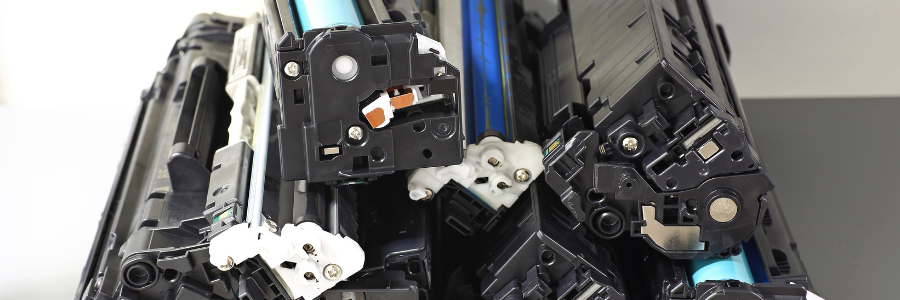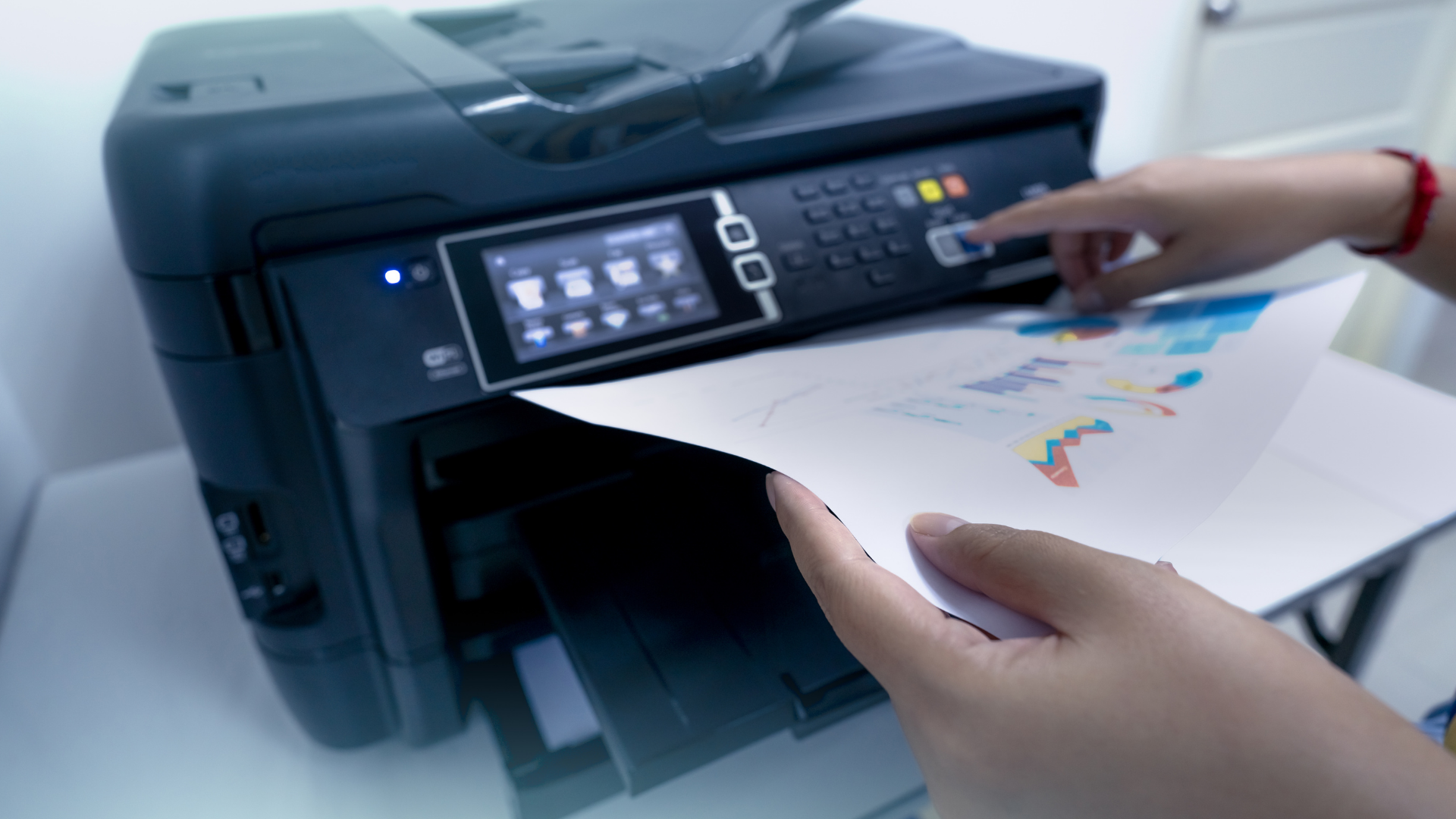
Refilling your Canon ink cartridges can be a cost-effective and eco-friendly alternative to purchasing brand-new cartridges every time your printer runs low on ink. However, ensuring that your prints remain sharp, vibrant, and professional-looking after a refill requires attention to detail and a few expert tips. In this blog, we’ll share some essential tips to help you maintain print quality after refilling your Canon ink cartridges, ensuring you get the most out of your printer while saving money.
Tip 1: Choose High-Quality Refill Ink
Selecting the correct ink is one of the most critical factors in ensuring quality prints after a printer cartridge refill. Not all refill inks are created equal, and using low-quality ink can result in faded colours, streaks, or even damage to your printer. When shopping for "printer ink near me" or online, look for high-quality refill ink designed for Canon printers. Premium inks are formulated to match the colour accuracy, consistency, and performance of original Canon ink, ensuring that your prints remain sharp and vibrant.
Choosing a reputable supplier for your ink refills is essential. Avoid generic or low-cost inks that may not meet the same standards as original Canon products. While they may seem like a bargain, poor-quality inks can clog your print heads or produce inconsistent colors, leading to additional maintenance costs or even requiring you to replace your printer.
Tip 2: Properly Clean the Cartridge Before Refilling
Before refilling your Canon ink cartridge, it is essential to clean it thoroughly to remove any dried ink or debris that may have accumulated inside. Residual ink can block the nozzles or interfere with the flow of new ink, leading to streaks, smudges, or uneven printing.
To clean the cartridge, gently wipe the print head with a lint-free cloth dampened with distilled water. Avoid tap water, as it may contain minerals that could clog the nozzles. Clean any excess ink from the cartridge’s surface and allow it to dry completely before refilling. This simple step will help prevent blockages and ensure smooth, consistent ink flow.
If you notice any buildup around the nozzles, you can also carefully clean the area with a cotton swab dipped in distilled water. Regular cleaning and maintenance of cartridges will prolong their lifespan and maintain high print quality after each refill.
Tip 3: Refill Before the Cartridge Runs Completely Dry
One of the most common mistakes people make when refilling their Canon ink cartridges is waiting until the cartridge is completely dry before refilling. Running a cartridge until it’s empty can cause the print heads to dry out, leading to clogging and poor print quality.
To avoid this issue, refill your cartridge when the ink level is still low but not empty. Most Canon printers will give you a low ink warning before the cartridge is empty, making it the perfect time to prepare for a refill. By closely monitoring your printer’s ink levels, you can avoid the complications associated with dry print heads and ensure smooth, consistent printing after refilling.
Tip 4: Perform a Print Head Cleaning After Refilling
After refilling your Canon ink cartridges, it’s a good idea to perform a print head cleaning to ensure the new ink flows correctly through the nozzles. Most Canon printers have a built-in print head cleaning feature that can be accessed through the printer’s settings or control panel.
Running a print head cleaning cycle helps clear any air bubbles, dried ink, or debris that may have formed during the refill process. This ensures that your prints remain free of streaks, lines, or other defects. To optimize print quality, it’s recommended to perform both a standard cleaning and, if necessary, a deep cleaning.
If your prints are still not as sharp as they should be after cleaning, you may need to repeat the process or consider searching for "printer repair near me" for further assistance.
Tip 5: Use the Correct Paper for Your Prints
The quality of your paper plays a significant role in the outcome of your prints, especially after a printer cartridge refill. Using low-quality or incompatible paper can result in smudging, bleeding, or fading of the ink. To ensure the best possible print quality, always use paper specifically designed for inkjet printers that match the type of print you are creating.
For example, glossy photo paper works best for printing high-resolution photos, while matte or standard inkjet paper is suitable for documents. Canon also produces its line of paper products optimized for use with its printers, ensuring compatibility and quality. Using the correct paper for your prints can enhance color accuracy, sharpness, and durability.
Tip 6: Monitor Ink Levels and Store Cartridges Properly
Monitoring your ink levels regularly is essential for maintaining print quality after refilling your Canon cartridges. While refilled cartridges don’t always display accurate ink levels on your printer’s interface, you can manually check your prints for signs of low ink, such as fading colors or streaks. If you notice these signs, it’s time for another refill.
Properly storing refilled cartridges is also crucial for preserving longevity and performance. Store your cartridges in an airtight container or sealed plastic bag to prevent the ink from drying out when not in use. Keep them in a cool, dry place away from direct sunlight, as heat and light exposure can damage the ink and affect print quality.
By taking these precautions, you can ensure that your refilled cartridges remain in good condition and continue to produce high-quality prints.
Conclusion
Refilling your Canon ink cartridges is a great way to save money and reduce waste, but ensuring consistent print quality requires careful attention to detail. By following these expert tips—choosing high-quality refill ink, cleaning the cartridges properly, refilling before the cartridge runs dry, performing print head cleanings, using the right paper, and storing cartridges correctly—you can enhance your printing experience and enjoy vibrant, professional-looking prints even after a refill.
If you ever have issues or need assistance with your printer, don't hesitate to search for "printer repair near me" or contact managed print services for support. With the right care and maintenance, you can keep your Canon printer running smoothly and continue producing excellent prints for years.
Frequently Asked Questions
Can I refill Canon ink cartridges multiple times?
Yes, you can refill Canon ink cartridges multiple times as long as they are still in good condition. However, the cartridge’s print head and internal components may wear out over time, leading to diminished print quality. Regular cleaning and maintenance can extend the life of your cartridges.
How can I tell when it’s time to refill my ink cartridge?
Most Canon printers provide a low ink warning when the ink levels run low. You can also check for signs of fading colors, streaks, or uneven printing, indicating it’s time for a refill.
Do refill cartridges void my printer’s warranty?
Using refilled cartridges typically does not void your printer’s warranty. However, the warranty may not cover any damage caused by faulty refills. Always use high-quality refill ink and follow proper procedures to avoid issues.
What should I do if my printer isn’t printing correctly after a refill?
If your printer isn’t printing properly after a refill, try performing a print head cleaning cycle and ensure the cartridge is installed correctly. If the issue persists, seek help from managed print services or search for "printer repair near me" for professional assistance.
Is there a difference in print quality between refilled cartridges and new cartridges?
The quality of prints from refilled cartridges can be comparable to new cartridges if high-quality refill ink is used and the cartridges are correctly maintained. However, using low-quality ink or failing to clean the cartridges can diminish print quality.






